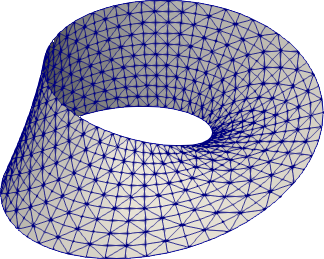When generating meshes for FEM/FVM computations, sometimes your geometry is so simple that you don't need a complex mesh generator (like pygmsh, MeshPy, mshr, pygalmesh, dmsh), but something simple and fast that makes use of the structure of the domain. Enter meshzoo.
Install meshzoo from PyPI with
pip install meshzoo
Licenses for personal and academic use can be purchased here. You'll receive a confirmation email with a license key. Install the key with
plm add <your-license-key>
on your machine and you're good to go.
For commercial use, please contact [email protected].
import meshzoo
bary, cells = meshzoo.triangle(8)
# corners = np.array(
# [
# [0.0, -0.5 * numpy.sqrt(3.0), +0.5 * numpy.sqrt(3.0)],
# [1.0, -0.5, -0.5],
# ]
# )
# points = np.dot(corners, bary).T
# Process the mesh, e.g., write it to a file using meshio
# meshio.write_points_cells("triangle.vtk", points, {"triangle": cells})import meshzoo
import numpy as np
points, cells = meshzoo.rectangle_tri(
np.linspace(0.0, 1.0, 11),
np.linspace(0.0, 1.0, 11),
variant="zigzag", # or "up", "down", "center"
)
points, cells = meshzoo.rectangle_quad(
np.linspace(0.0, 1.0, 11),
np.linspace(0.0, 1.0, 11),
cell_type="quad4", # or "quad8", "quad9"
)meshzoo.ngon(4, 8) |
meshzoo.ngon(6, 8) |
meshzoo.ngon(9, 8) |
import meshzoo
points, cells = meshzoo.ngon(5, 11)meshzoo.disk(4, 8) |
meshzoo.disk(6, 8) |
meshzoo.disk(9, 8) |
The disk meshes are inflations of regular polygons.
import meshzoo
points, cells = meshzoo.disk(6, 11)
points, cells = meshzoo.disk_quad(10, cell_type="quad4") # or "quad8", "quad9"import meshzoo
points, cells = meshzoo.moebius(num_twists=1, nl=60, nw=11)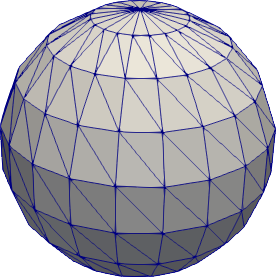 |
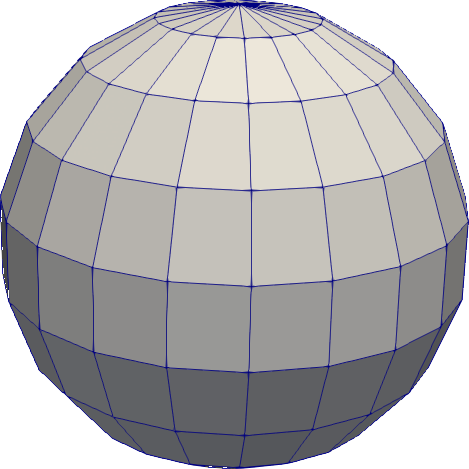 |
|---|
import meshzoo
points, cells = meshzoo.uv_sphere(num_points_per_circle=20, num_circles=10, radius=1.0)
points, tri, quad = meshzoo.geo_sphere(
num_points_per_circle=20, num_circles=10, radius=1.0
)Spheres can also be generated by refining the faces of platonic solids and then "inflating" them. meshzoo implements a few of them. The sphere generated from the icosahedron has the highest-quality (most equilateral) triangles.
All cells are oriented such that its normals point outwards.
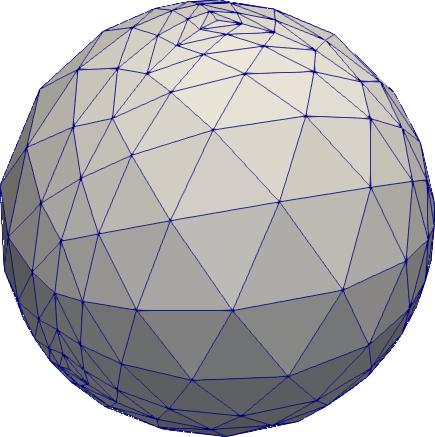 |
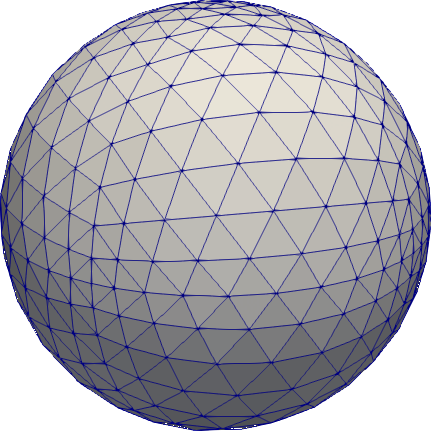 |
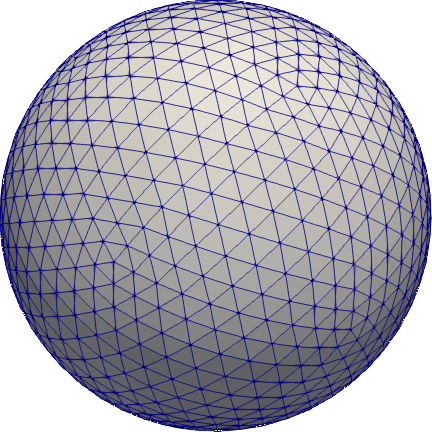 |
|---|---|---|
meshzoo.tetra_sphere(10) |
meshzoo.octa_sphere(10) |
meshzoo.icosa_sphere(10) |
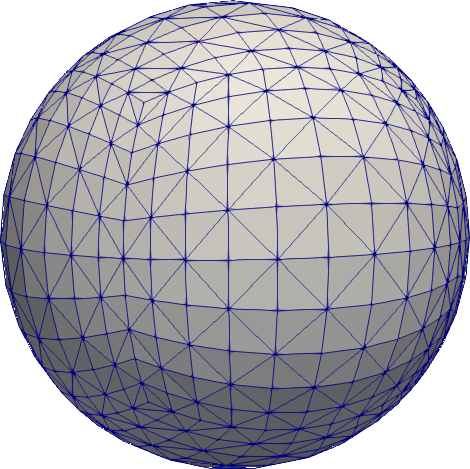 |
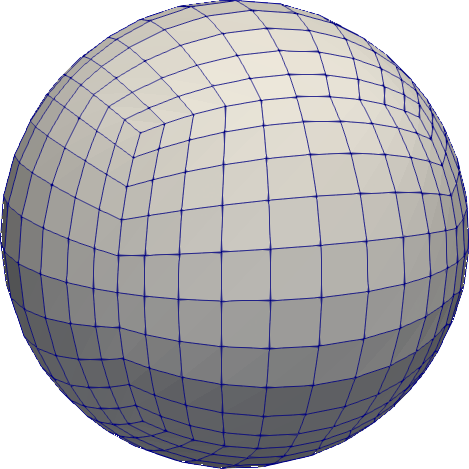 |
|---|
import meshzoo
points, cells = meshzoo.ball_tetra(10)
points, cells = meshzoo.ball_hexa(10)import meshzoo
points, cells = meshzoo.tube(length=1.0, radius=1.0, n=30) |
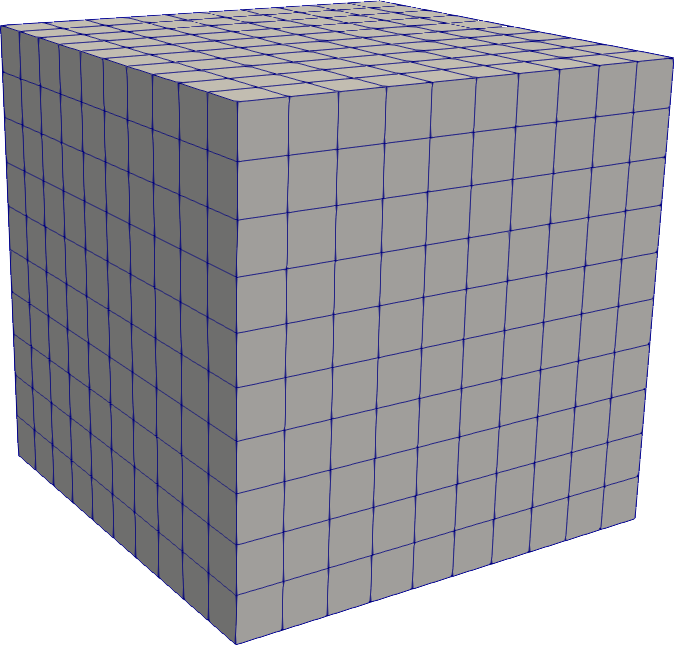 |
|---|
import meshzoo
import numpy as np
points, cells = meshzoo.cube_tetra(
np.linspace(0.0, 1.0, 11), np.linspace(0.0, 1.0, 11), np.linspace(0.0, 1.0, 11)
)
points, cells = meshzoo.cube_hexa(
np.linspace(0.0, 1.0, 11), np.linspace(0.0, 1.0, 11), np.linspace(0.0, 1.0, 11)
)



